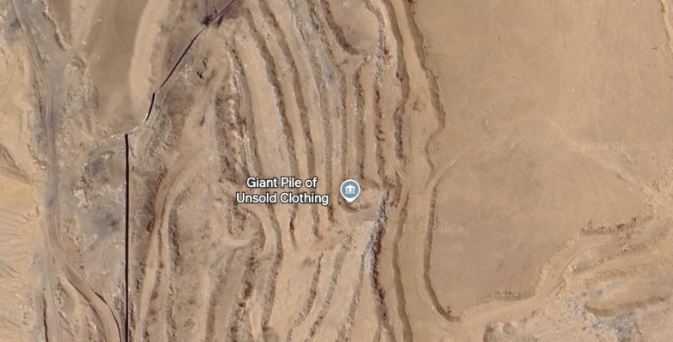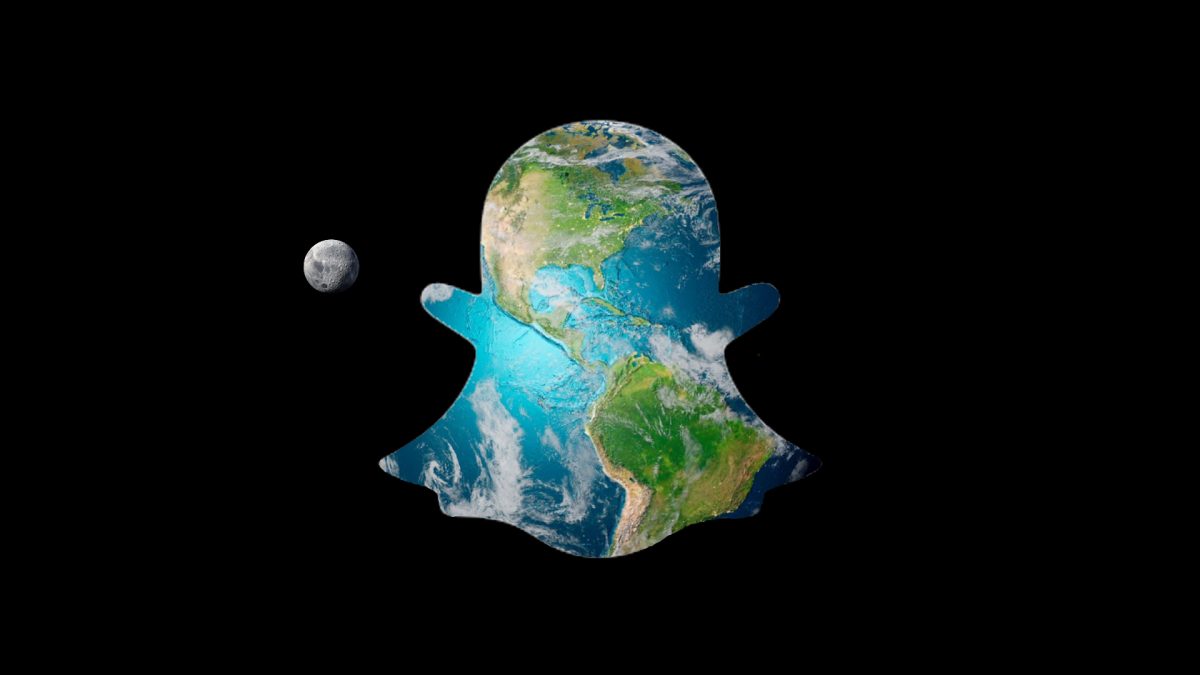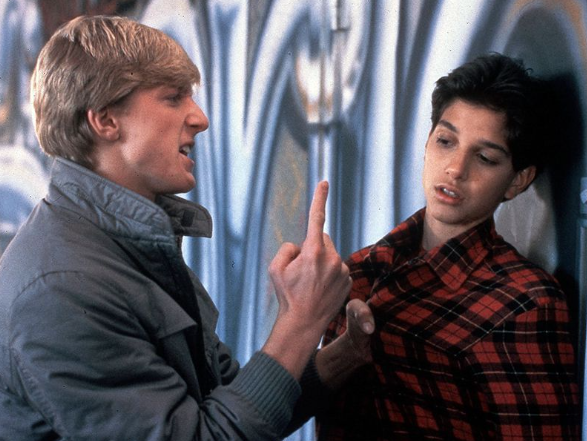Scanning over our planet on Google Earth reveals some truly incredible sights. Through this app, it’s possible to view all the different countries and continents, including the driest desert in the world, the Atacama Desert, Chile. Right away, the most noticeable thing is the seemingly endless amounts of sand, and perhaps a few small towns. However, zooming in just over 3,000 miles north of Alto Hospicio, is a massive pile of clothes. Seriously, the pile is so large it can be found on Google Earth.
Fast fashion is inexpensive clothing produced rapidly by mass-market retailers in response to the latest fashion trends. With the advancement of technology and social media, new fashion trends are introduced more frequently and rapidly. In fact, we are now consuming 400% more clothing in comparison to 20 years ago. Influencers, music, and celebrities, all have a big effect on how quickly new items become popular. The speed at which today’s trends come and go has a substantial repercussion.
As stated by Kizzy Charles Guzman, Burlington and Shein are fast fashion companies, Shein being the most popular and most impactful. Though Burlington does not have its own brand, it qualifies as an off-price retailer, which counts as fast fashion. Soph. Lydia Harper agrees that social media has influenced her into buying trendy pieces of clothing. These new favored items will almost always be found in fast fashion stores. “I have four shirts from Shein, and six pants and five shirts from Burlington,” Harper said. Harper recognizes that certain content creators have affected the stores she buys from as well as what she buys.
What’s wrong with it?
Fast fashion can have negative effects on consumer mental health. It can cause stress and anxiety related to shopping addictions, impulse buying, and feelings of insecurity. Take Brandy Melville, for instance. This popular fast fashion brand has a toxic sizing policy of “one size fits most”, which can make customers feel like they need to change their bodies in order to fit in, resulting in mental health conditions like body dysmorphia and eating disorders.
Other than the oil industry, the fashion industry is the biggest polluter. The rate at which clothes are being produced today has resulted in many types of pollution, causing damage to the land, water, air, people, and animals. For example, greenhouse gas emissions. They happen during the production, manufacturing, and transportation of the apparel supply chain. The fashion industry is also at fault for 10% of carbon emissions. China, Bangladesh, and India are responsible for the most apparel production, and they’re all largely powered by coal. In terms of carbon emissions, this is the most polluting type of energy. These gasses cause heat to be trapped in Earth’s atmosphere, giving rise to climate change and the disturbance of nature’s usual balance.
Freshwater resources are also polluted by the fashion industry. According to research from Princeton University, synthetic material from clothes contain plastic microfibers. Approximately 35% of these microfibers end up in the ocean. This puts marine life at great risk. If accidentally ingested, microplastics can lead to abnormalities in the internal organs of aquatic animals, causing malnutrition, inflammation, reduced fertility, and even death. As these microplastics travel up the food chain, they eventually end up being consumed by humans, specifically seafood lovers.
How to help
Buy linen clothes. Linen is a natural material woven from flax plants. A cloth that lasts for many years, is gentle on the environment, and requires little energy and resources is a much better alternative to fibers like cotton or polyester. Another way to help is by avoiding popular fast fashion brands, and instead, investing in sustainable and ethical brands. Vuori, Tentree, Pangaia, and Honest Basics are great examples. However, if a different style or type of clothing is desired, visit https://www.sustainably-chic.com/sustainable-brands-to-love for additional options. They offer high quality clothing for men, women and kids. A different way to help is by donating clothes that are no longer wanted, but still in good condition. Donating to homeless shelters, animal shelters, or even friends can help prevent clothes from being thrown into landfills.
Fast fashion has already damaged this planet, and it will continue to do so if consumers aren’t mindful of their purchases.







